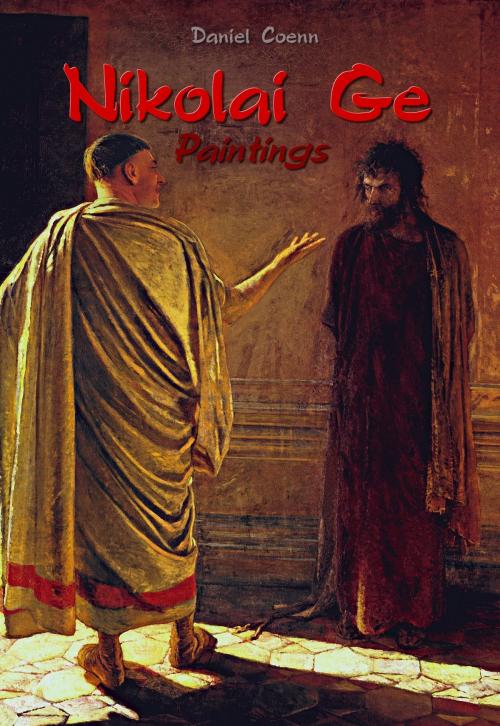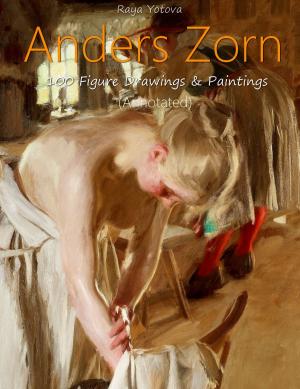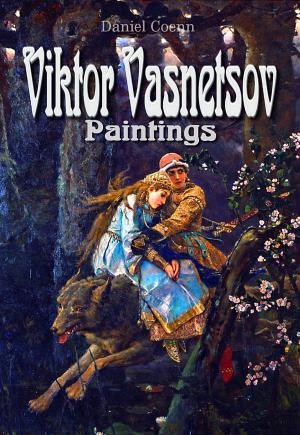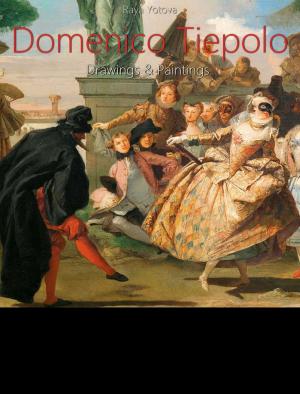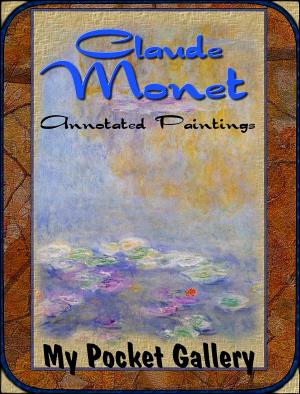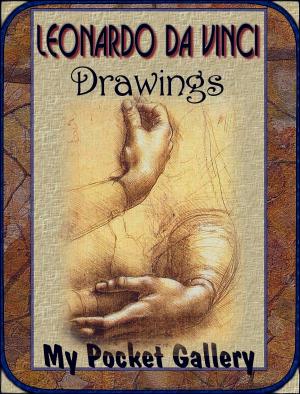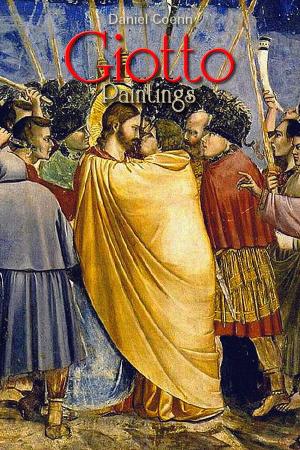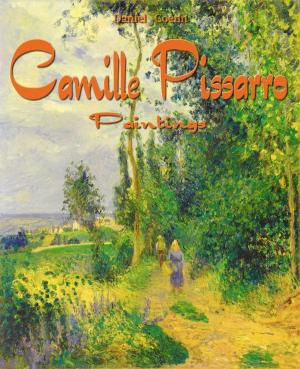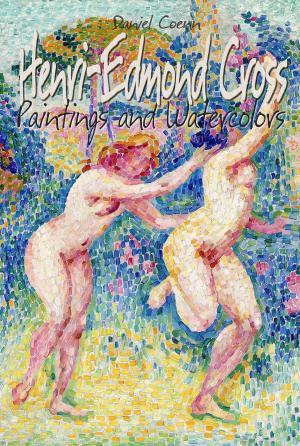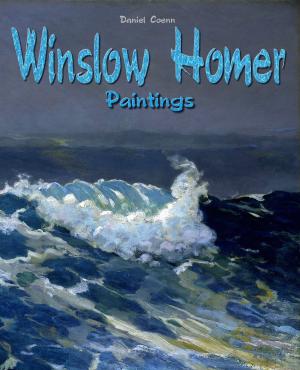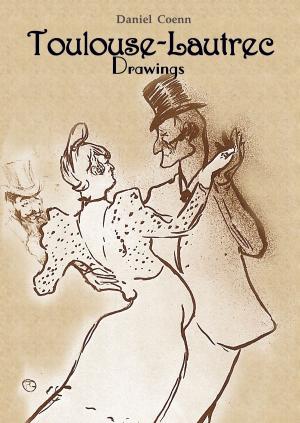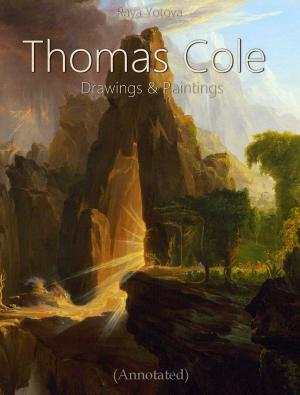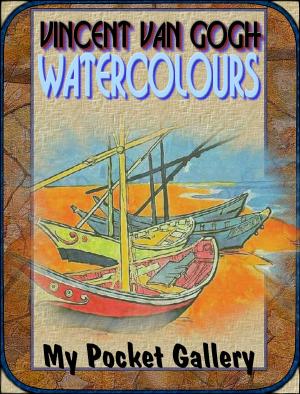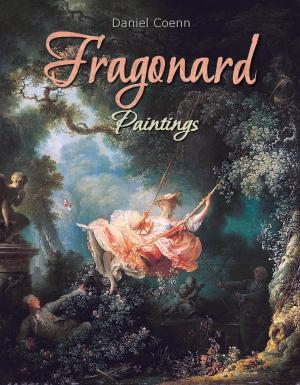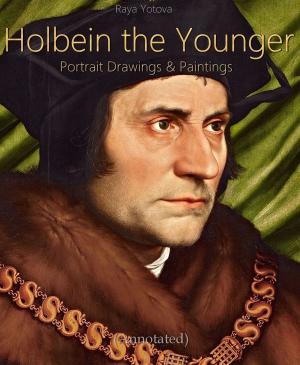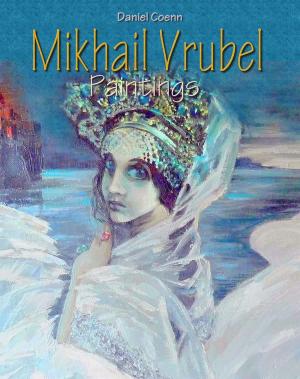Nikolai Ge
Paintings
Biography & Memoir, Artists, Architects & Photographers, Nonfiction, Art & Architecture| Author: | Daniel Coenn | ISBN: | 1230000202667 |
| Publisher: | Classic & Annotated | Publication: | December 14, 2013 |
| Imprint: | 1 | Language: | English |
| Author: | Daniel Coenn |
| ISBN: | 1230000202667 |
| Publisher: | Classic & Annotated |
| Publication: | December 14, 2013 |
| Imprint: | 1 |
| Language: | English |
Nikolai Ge was a Russian realist painter famous for his works on historical and religious motifs. He was born to a Russian noble family of French origin; his grandfather immigrated to Russia in the 18th century. Nikolai graduated from the Imperial Academy of Arts in St. Petersburg in 1857 with a gold medal. His painting “The Last Supper” (1863) made such a strong impression on public that Ge was made a professor of Imperial Academy of Arts. In 1864 he painted a big picture “Messengers of the Resurrection”. The new religious painting at that time was not much of a success, and the Imperial Academy refused to exhibit it in its annual exhibition. “Peter the Great Interrogates Tsarevich Alexey at Peterhof” (1871) was a great success, but other historical paintings were met without interest. Ge took the cold response to his work very hard. In the early 1880s he returned to art producing religious paintings and portraits of his contemporaries. His late paintings had sad and dramatic fate.
Nikolai Ge was a Russian realist painter famous for his works on historical and religious motifs. He was born to a Russian noble family of French origin; his grandfather immigrated to Russia in the 18th century. Nikolai graduated from the Imperial Academy of Arts in St. Petersburg in 1857 with a gold medal. His painting “The Last Supper” (1863) made such a strong impression on public that Ge was made a professor of Imperial Academy of Arts. In 1864 he painted a big picture “Messengers of the Resurrection”. The new religious painting at that time was not much of a success, and the Imperial Academy refused to exhibit it in its annual exhibition. “Peter the Great Interrogates Tsarevich Alexey at Peterhof” (1871) was a great success, but other historical paintings were met without interest. Ge took the cold response to his work very hard. In the early 1880s he returned to art producing religious paintings and portraits of his contemporaries. His late paintings had sad and dramatic fate.
